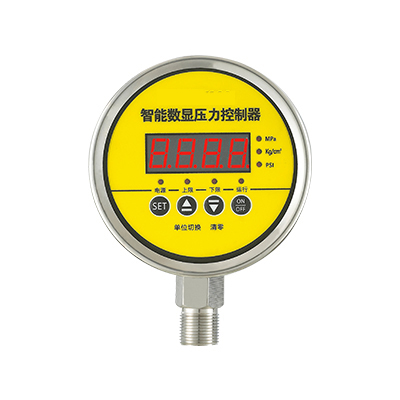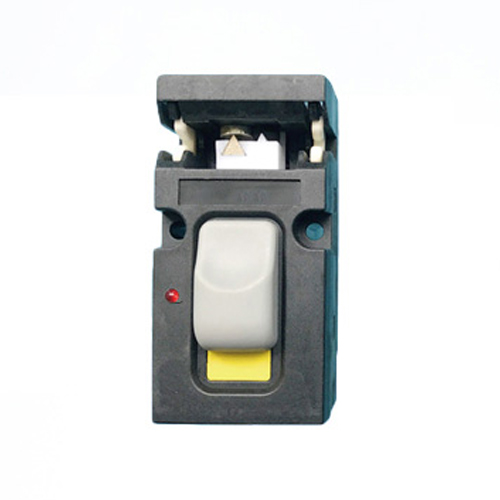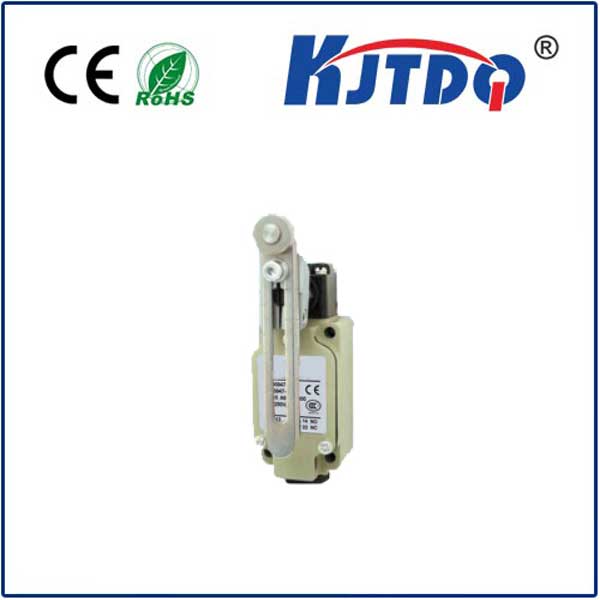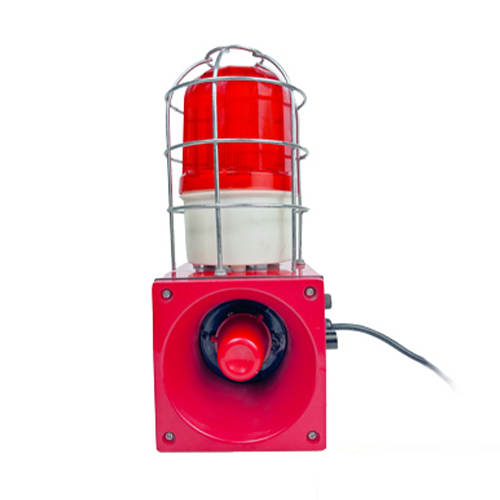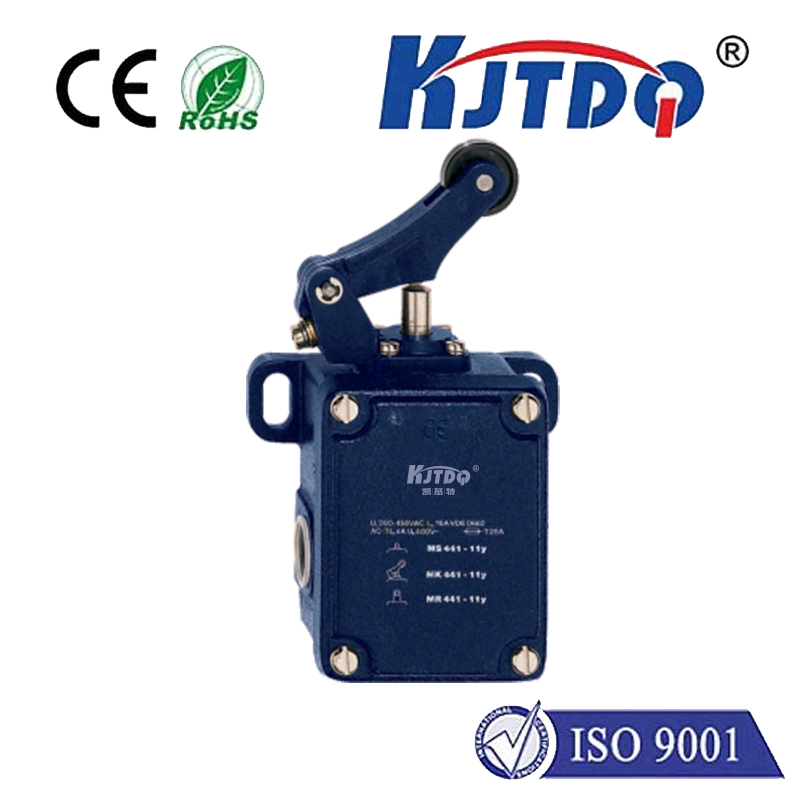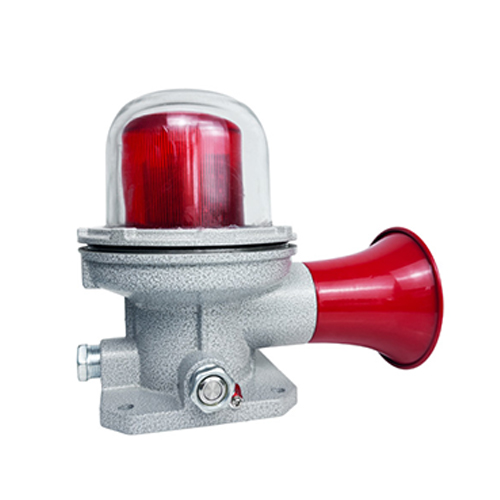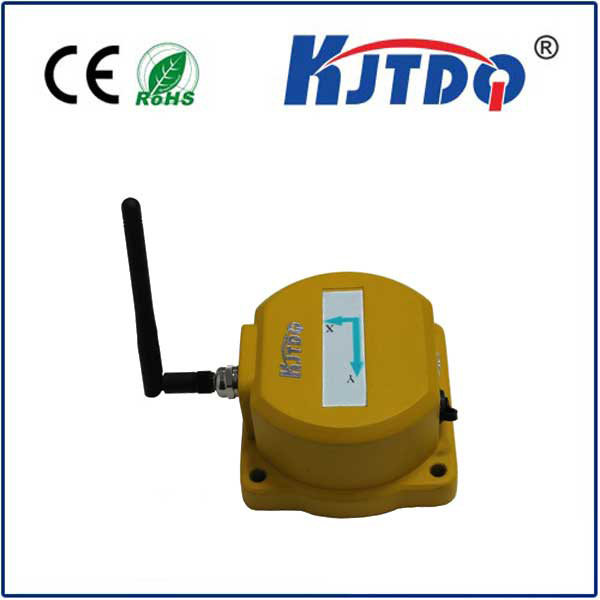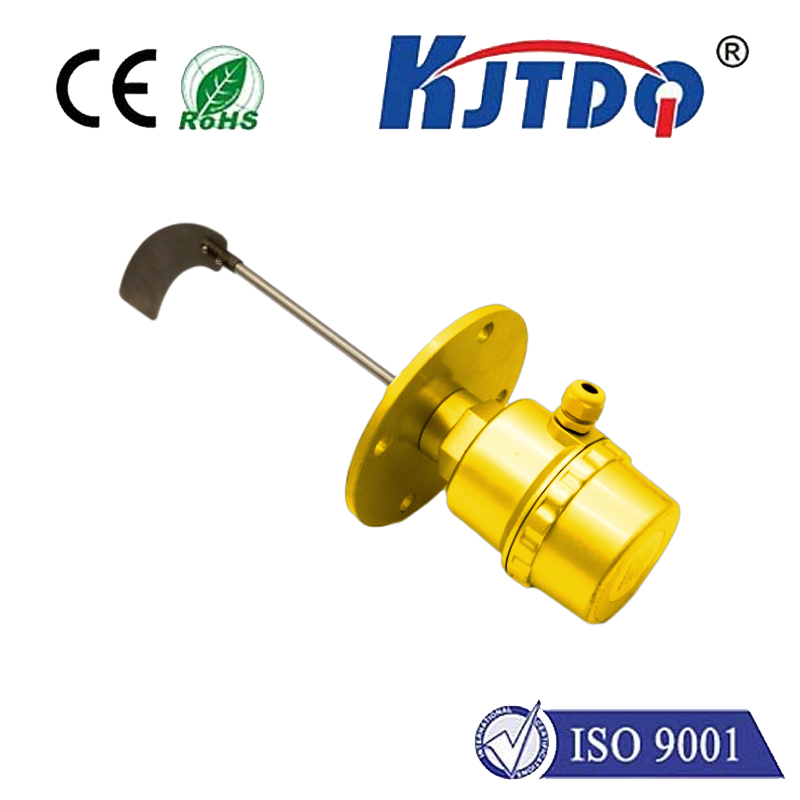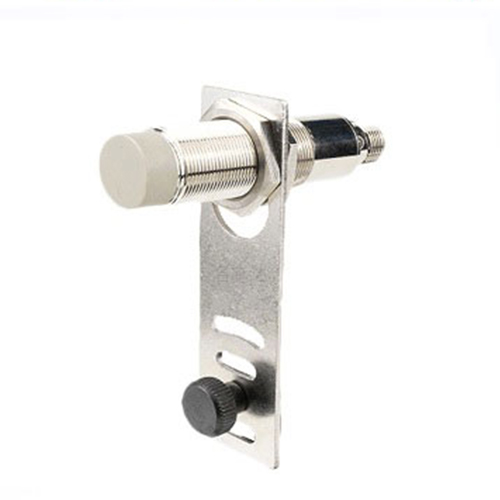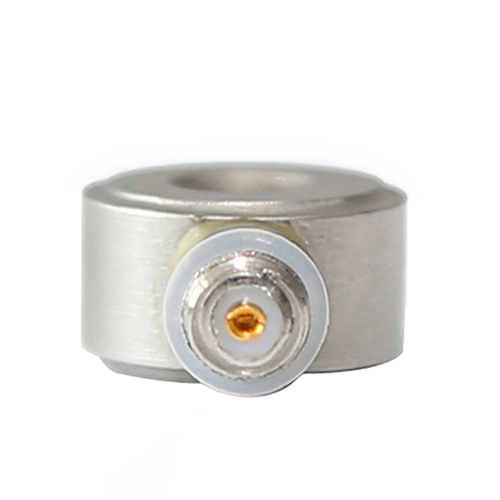accurate temperature measurement
- time:2025-08-24 00:00:07
- Click:0
The Critical Role of Accurate Temperature Measurement in Modern Science and Industry
Imagine a furnace operating just a few degrees too high, weakening a critical turbine blade. Picture a life-saving vaccine stored marginally outside its strict thermal range, potentially losing potency. Or consider a climate model mispredicting future temperatures due to a systematic bias in ocean sensor data. These scenarios underscore a fundamental truth: accurate temperature measurement is not merely desirable; it’s often absolutely essential. From refining cutting-edge materials to ensuring food safety and monitoring our planet’s health, the precision with which we measure heat defines the quality, safety, and reliability of countless processes and innovations.
Why Precision Matters: Beyond Simple Readings
Temperature isn’t just a number on a display; it’s a critical process variable influencing chemical reactions, biological functions, material properties, and energy transfer. Even minor deviations from the target temperature can have cascading effects:

- Quality Control: In manufacturing semiconductors, pharmaceuticals, or specialty alloys, maintaining a specific thermal profile is paramount. Inaccurate readings during processing can lead to defects, inconsistent product batches, or outright failures.
- Safety: Overheating in electrical systems, industrial machinery, or chemical reactors poses significant fire or explosion risks. Reliable temperature monitoring is the first line of defense.
- Regulatory Compliance: Industries like food production, pharmaceuticals (GMP), and healthcare operate under stringent temperature control regulations. Precise measurement and documentation are non-negotiable for compliance.
- Research Validity: Scientific breakthroughs depend on replicable experiments. Flawed temperature data can invalidate research findings, waste resources, and hinder progress in fields from medicine to materials science.
- Resource Efficiency: Optimizing heating and cooling systems relies heavily on accurate temperature feedback. Inaccuracies lead to energy waste, increased operational costs, and unnecessary environmental impact.
The Challenges: Why Accurate Temperature Measurement Isn’t Trivial
Achieving true accuracy is fraught with potential pitfalls:
- Sensor Selection & Placement: Choosing the wrong sensor type (thermocouple, RTD, thermistor, infrared) for the application, range, or environment introduces inherent error. Equally critical is sensor installation – the probe must be in optimal thermal contact with the target medium and shielded from extraneous influences like radiant heat or drafts.
- Calibration Drift: All sensors drift over time due to aging, mechanical stress, or exposure to harsh conditions. Regular calibration against traceable standards is the only way to quantify and correct for this drift, ensuring ongoing accuracy.
- Environmental Interference: Ambient temperature fluctuations, electromagnetic interference (EMI) from nearby equipment, or humidity can skew readings, especially for sensitive electronic sensors. Proper shielding and installation mitigate these effects.
- Response Time & Thermal Lag: Sensors take time to respond to temperature changes. If the process temperature fluctuates rapidly, a slow sensor won’t reflect the true value, leading to potential control issues. Understanding a sensor’s response time is crucial for dynamic applications.
- Signal Conditioning & Data Acquisition: The circuitry that converts a sensor’s raw signal (e.g., millivolts, resistance change) into a usable temperature reading must be precise and stable. Errors introduced here directly impact the final measurement accuracy. High-quality data acquisition systems are vital.
- Reference Junction Compensation (Thermocouples): Thermocouples generate a voltage based on the temperature difference between the measurement junction and the junction at the instrument (reference junction). Accurate compensation for the reference junction temperature is essential for correct readings.
Strategies for Achieving Reliable Accuracy
Overcoming these challenges requires a systematic approach:
- Selecting the Right Tool: Rigorously match the sensor to the application. Consider:
- Required range and accuracy.
- Response time needs.
- Physical environment (chemical exposure, pressure, vibration).
- Compatibility with existing instrumentation (RTDs often offer higher accuracy and stability than thermocouples for industrial use).
- Prioritizing Calibration: Implement a robust calibration schedule based on sensor criticality, stability history, and manufacturer recommendations. Use accredited labs or traceable standards for highest confidence. Document all calibration results.
- Mastering Installation: Follow best practices meticulously:
- Ensure good thermal contact (e.g., proper thermowell installation with thermal paste).
- Shield sensors from radiant heat sources or cold drafts.
- Route sensor wires away from EMI sources.
- Consider immersion depth in fluids to avoid stem conduction errors.
- Understanding Specifications: Don’t just look at “accuracy” claims. Scrutinize the sensor’s datasheet for tolerance class, interchangeability error, long-term stability specifications, and the conditions under which accuracy is defined. Recognize the context of the stated accuracy.
- Utilizing Quality Instrumentation: Invest in reliable transmitters, signal conditioners, and data loggers with appropriate resolution and low noise. Ensure the entire measurement chain contributes minimally to overall uncertainty.
- Employing Redundancy (Critical Applications): For processes where failure is unacceptable, redundant sensors with independent measurement paths provide both validation and a safety net.
- Regular Maintenance & Verification: Periodically inspect sensors for physical damage, corrosion, or contamination. Perform spot checks or functional verifications between formal calibrations to catch potential issues early.
The Future of Precision Measurement
The quest for ever-greater accuracy continues. Advancements include:
- Improved Sensor Materials: Research into novel materials promises sensors with higher stability, wider ranges, and reduced drift.
- Advanced Calibration Techniques: Non-contact methods and embedded self-calibration features are emerging.
- Smart Sensors & Diagnostics: Sensors with embedded processors offer on-board diagnostics to detect drift or failure modes proactively, enhancing reliability.
- Traceability & Big Data: Enhanced digital traceability of calibration data and the use of analytics to identify subtle trends impacting accuracy.
In a world increasingly driven by data and precision, accurate temperature measurement remains a cornerstone technology. It underpins scientific discovery, industrial efficiency, product quality, and human safety. By understanding the sources of error, implementing rigorous best practices, and embracing continuous improvement, organizations can ensure their temperature data is not just a number, but a trustworthy foundation for informed decision-making and technological progress. The pursuit of thermal accuracy is truly fundamental.












